Acknowledgements
The individual museums of the regiments who took part in the Rhine Crossing and of course the Airborne Forces Museum have, as usual, provided excellent and generous help. I would particularly like to thank Drummie Cox of my own regiment, the Devon and Dorsets at Exeter, who provided me with material on 12 Airborne Devons that has not seen the light of day. I am also indebted to Stan Jarvis, who has provided me with a wealth of information on the RAF glider pilots, who so distinguished themselves during the battle. I am similarly grateful to the other veterans who talked to me and provided authoritative written accounts of the battle.
I would also like to thank two friends and colleagues from the Guild of Battlefield Guides, who helped in the researching of this book. Firstly, Major Mike Peters of the Army Air Corps, whose corps, has finally been recognised as successors to the Glider Pilot Regiment with the emblazoning of the GPR battle honours on their colours. Bob Hilton, with over twenty years service in the Parachute Regiment, drew my attention to sources and helped me check information on the airborne aspects of the book. I am most grateful to them both for their assistance.
At home or on the ground enjoy the tour of the Operation VARSITY battlefield.
Tim Saunders Warminster 2008
APPENDIX I
Order of Battle Airborne Assault Phase
 6th Airborne Division (operational grouping)
6th Airborne Division (operational grouping)
Main HQ Major General Bols
Dets 22 Independent Para Company
3 Parachute Brigade
HQ 3 and Signal Squadron Para Brigade - Brigadier Hill
8 Para Battalion
9 Para Battalion
1st Canadian Para Battalion
One troop 3 Airlanding Anti-Tank Battery RA (6-pounder)
In support: Three field regiments RA 52nd Divisions Artillery Group
Troop 3 Para Squadron RE
224 Para Field Ambulance
Detachment Glider Pilot Regiment
5 Parachute Brigade
HQ and Signal Squadron 5 Para Brigade - Brigadier Poett
7 Para Battalion
12 Para Battalion
13 Para Battalion
4 Airlanding Anti-Tank Battery RA (8x17-pounder, 8x6-pounder)
One battery 53 (Worcestershire Yeomanry) Airlanding Light Regiment RA (12x75mm)
One medium regiment RA 52nd Divisions Artillery Group
Part 591 Para Squadron RE
225 Para Field Ambulance
Detachment Glider Pilot Regiment
6 Airlanding Brigade
HQ and Signal Squadron 6 Airlanding Brigade - Brigadier Bellamy
1 Royal Ulster Rifles
2 Ox and Bucks Light Infantry
12 Devons
3 Airlanding Anti-Tank Battery RA less two 6-pounder troops and one 17-pounder section (6x17-pounder)
One battery 53 (Worcestershire Yeomanry) Airlanding Light Regiment RA (12x75mm)
One medium regiments RA 52nd Divisions Artillery Group
195 Airlanding Field Ambulance
Divisional Reserve
Two Locust troops 6 Armoured Recce Regiment
One 6-pounder troop and one 17-pounder section from 3 Airlanding Anti-Tank Battery RA
After link up with sea tail:
6 Airlanding Anti-Tank Battery RA (4x17-pounder, 12x6-pounder)
Support
8 Army Group Royal Artillery (general support to XVIII US Airborne Corps) one field, one medium and one heavy regiments RA, plus 3 battalions of 155mm from Ninth US Army.
Divisional Troops
Detachment Divisional Rear HQ
HQ 53 Worcestershire Yeomanry Regiment RA
Detachments 2 Forward Observation Unit RA
6 Airborne Division Ordnance Field Park
Land Tail (after link up)
Divisional Rear HQ (less detachment)
22 Independent Para Company (less detachment)
6 Armoured Recce Regiment (less two Locust troops and 4.2 mortar troop)
One Squadron 44 RTR (DD Sqn less 17-pounder)
One SP Anti-tank battery
APPENDIX II
Award of THE VICTORIA CROSS
B. 39039 Corporal Frederick George Topham
1st Canadian Parachute Battalion
On 24 March 1945, Corporal Topham, a medical orderly, parachuted with his Battalion onto a strongly defended area east of the Rhine. At about 1100 hours, whilst treating casualties sustained in the drop, a cry for help came from a wounded man in the open. Two medical orderlies from a Field Ambulance went out to this man in succession but both were killed as they knelt beside the casualty. Without hesitation and on his own initiative Corporal Topham went forward through intense fire to replace the orderlies who had been killed before his eyes. As he worked on the wounded man, he was himself shot through the nose. In spite of severe bleeding and intense pain he never faltered in his task. Having completed immediate first aid, he carried the wounded man steadily and slowly back through continuous fire to the shelter of the woods.
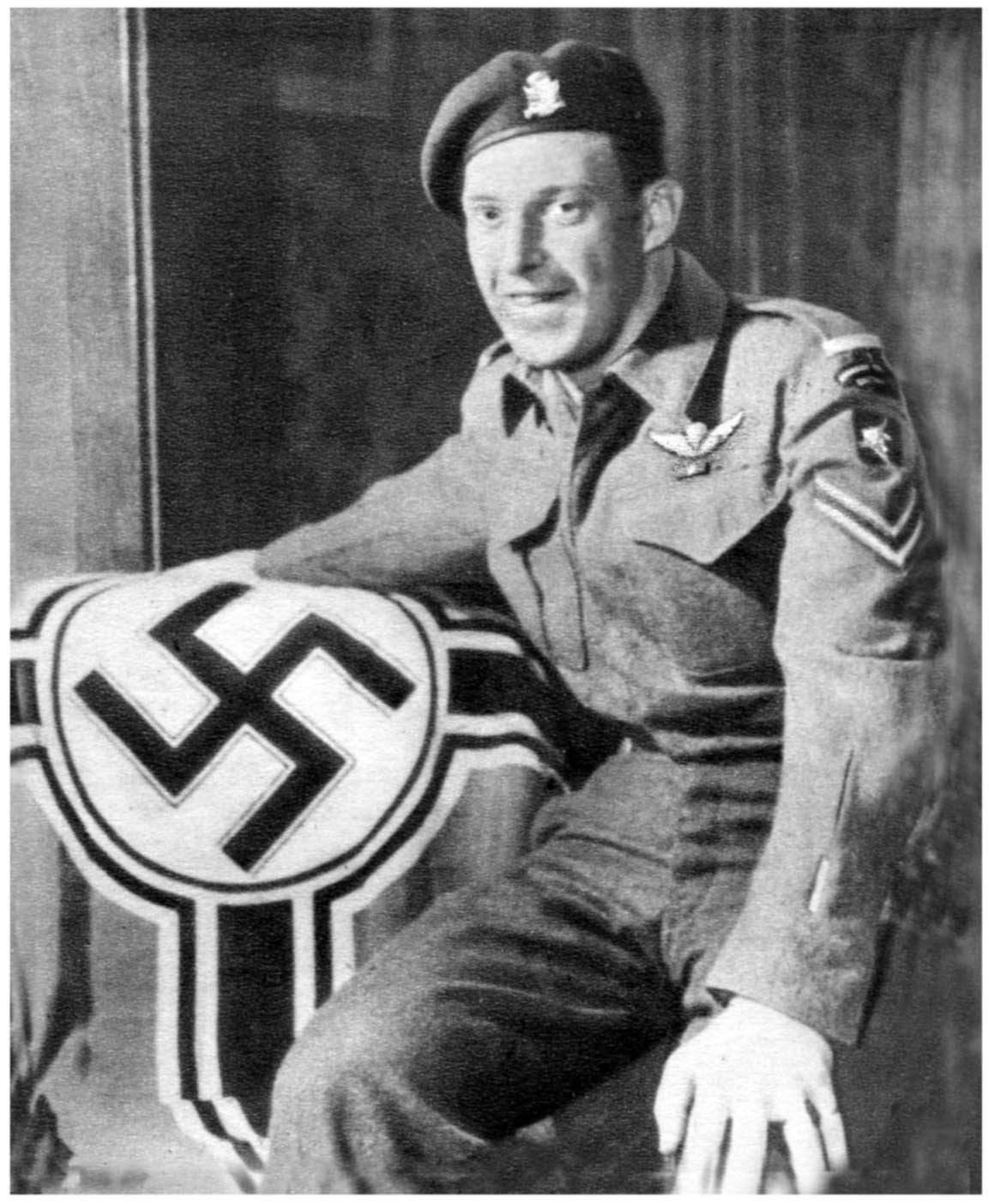
During the next two hours Corporal Topham refused all offers of medical help for his own wound. He worked most devotedly throughout this period to bring in wounded, showing complete disregard for the heavy and accurate enemy fire. It was only when all casualties had been cleared that he consented to his own wound being treated. His immediate evacuation was ordered, but he interceded so earnestly on his own behalf that he was eventually allowed to return to duty.
On his way back to his company he came across a carrier, which had received a direct hit. Enemy mortar bombs were still dropping around, the carrier itself was burning fiercely and its own mortar ammunition was exploding, an experienced officer on the spot had warned all not to approach the carrier. Corporal Topham, however, immediately went out alone in spite of the blasting ammunition and enemy fire, and rescued the three occupants of the carrier. He brought these men back across the open and, although one died almost immediately afterwards, he arranged for the evacuation of the other two, who undoubtedly owe their lives to him. This noncommissioned officer showed sustained gallantry of the highest order, for six hours, most of the time in great pain. He performed a series of acts of outstanding bravery and his magnificent and selfless courage inspired all those who witnessed it.
CHAPTER ONE
Background
In early September 1944, 6th Airborne Division returned to its camps on Salisbury Plain, after an almost unique hundred days in contact with the enemy in Normandy. There were many bed spaces left empty or filled by battle casualty replacements, not all of whom had been airborne selected or trained. Meanwhile, the pursuit across northern France frustrated their sister division, 1st Airborne, who despite a succession of nineteen planning cycles, was still kicking its heels at its bases across the east midlands and cruelly being named 1st Stillborn Division by those looking for a fight. Such was the speed of the ground advance that identified objectives were reached before the airborne operation could be mounted.
The pervading view amongst the Allies was that final victory over Germany was near. So high was the optimism that normally cautious intelligence officers were predicting that victory was within sight, almost within reach and they reported that it was unlikely that organized German resistance would continue beyond 1 December 1944. Dissenting voices who believed that the German forces were not finished and were preparing a last-ditch struggle in the field at all costs, were, in the prevailing enthusiasm, ignored.

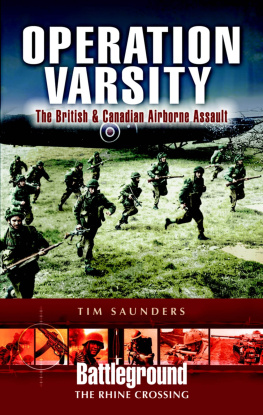
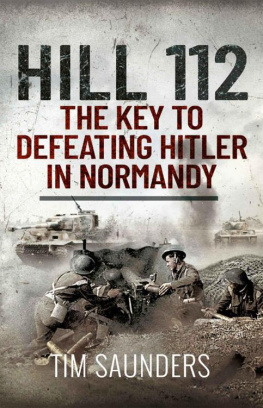
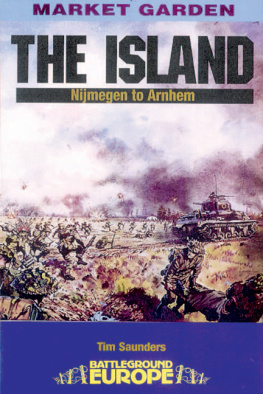
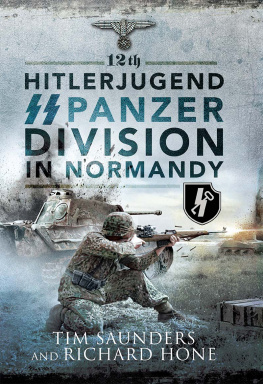



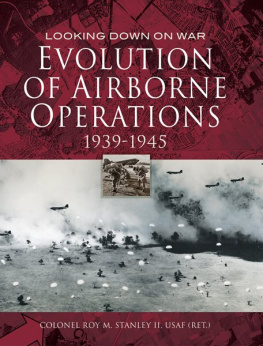

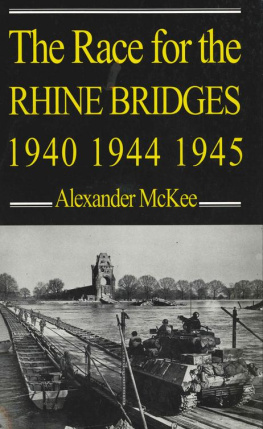
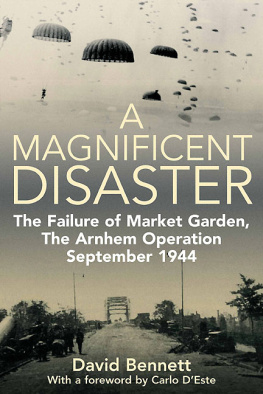
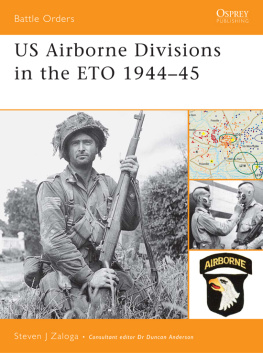
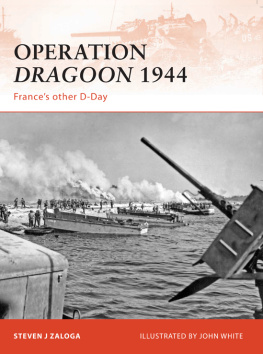
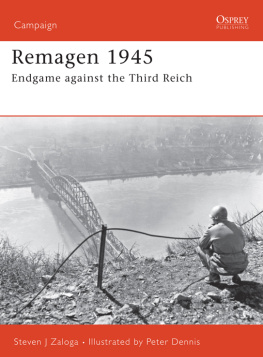
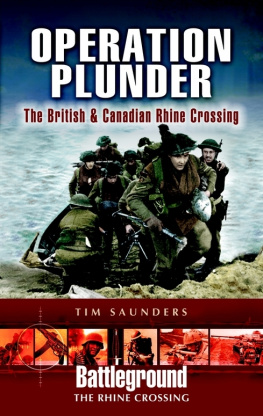
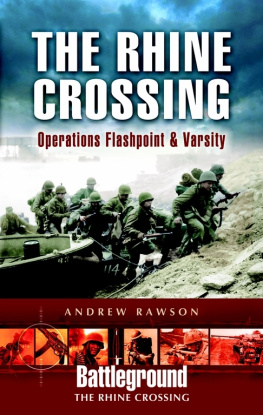
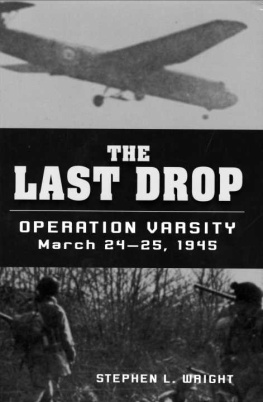
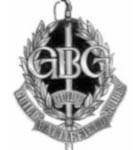
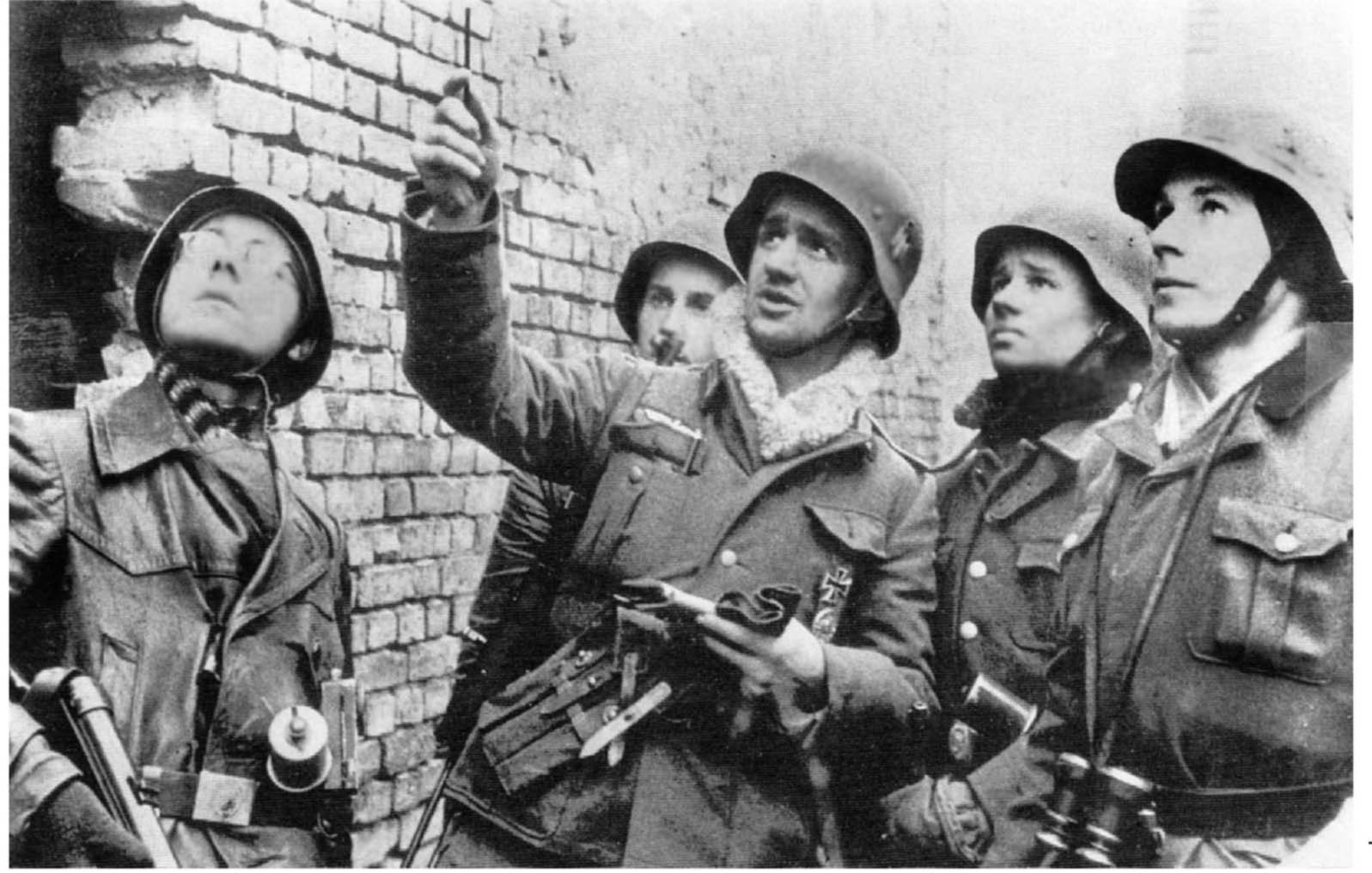
 6th Airborne Division (operational grouping)
6th Airborne Division (operational grouping)